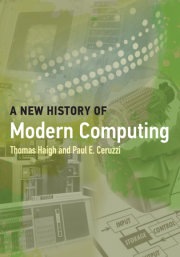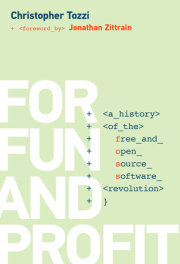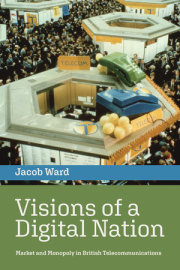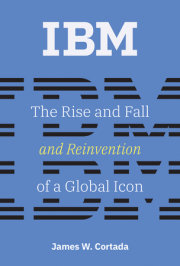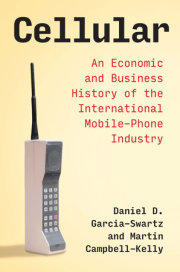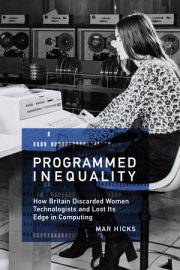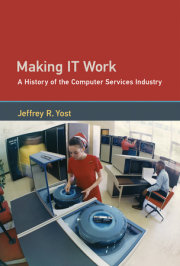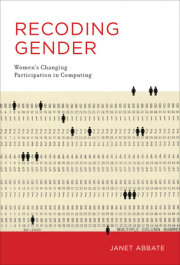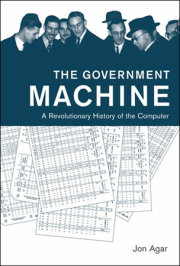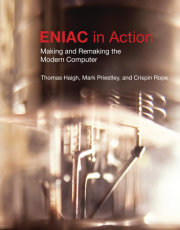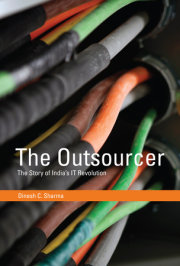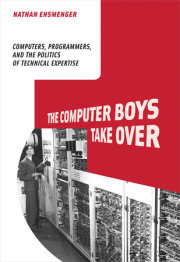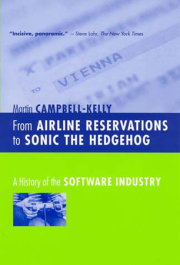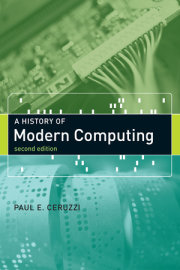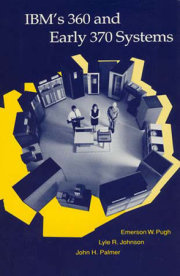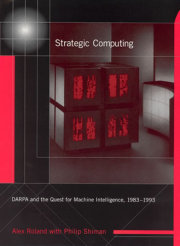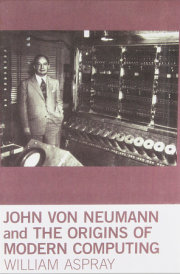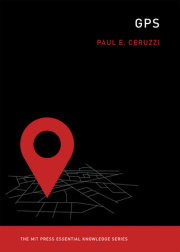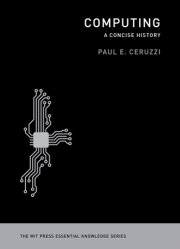Acknowledgments
Becoming Universal: Introducing A New History of Computing
1. Inventing the Computer
2. The Computer Becomes a Scientific Supertool
3. The Computer Becomes a Data Processing Device
4. The Computer Becomes a Real-Time Control System
5. The Computer Becomes an Interactive Tool
6. The Computer Becomes a Communications Platform
7. The Computer Becomes a Personal Plaything
8. The Computer Becomes Office Equipment
9. The Computer Becomes a Graphical Tool
10. The PC Becomes a Minicomputer
11. The Computer Becomes a Universal Media Device
12. The Computer Becomes a Publishing Platform
13. The Computer Becomes a Network
14. The Computer is Everywhere and Nowhere
15. Epilogue: A Tesla in the Valley
Notes
Bibliography
Index


